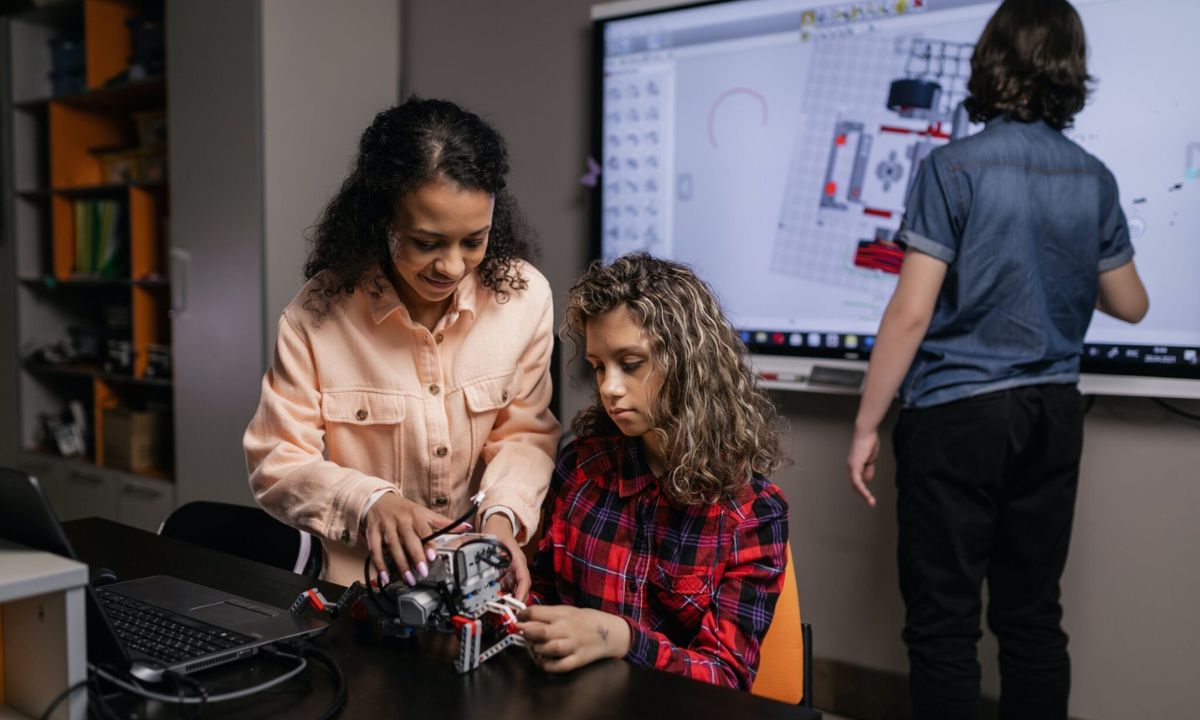There should be a clear path to four-year degrees that result in greater professional possibilities and higher incomes for the 12.4 million community college students in the country, many of whom are adults, first-generation college students, and veterans. Only over one-third of community college students actually transfer to a four-year institution, despite the fact that almost eight out of ten indicate they hope to obtain a bachelor’s degree. Less than half of those who do complete a bachelor’s degree in six years.
This is primarily due to the transfer process’s ineffectiveness and lack of consideration for non-traditional learners. A major obstacle to obtaining a baccalaureate, or bachelor’s, degree is the fact that students who transfer after getting an associate degree frequently lose a large number of credits and have to retake classes.
By increasing their ability to offer bachelor’s degrees in subjects that are highly sought after in their local job market and by taking additional steps to assist students in making the transfer to four-year institutions, community colleges could play a significant role in the solution.
More than 736 bachelor programs and degrees are being offered by more than 200 community institutions spread throughout 24 states. The great majority concentrate on areas that address shortages in these and other industries, such as business, education, nursing, health care, and information technology. Generally speaking, the cost of tuition for the bachelor’s degrees awarded by community colleges is roughly half that of four-year public universities. Numerous underprivileged college students benefit from the programs by receiving four-year degrees, staying in their communities, and setting them up for success in the workplace.
For instance, college administrators at MiraCosta College in San Diego discovered that they needed more staff members with a bachelor’s degree in biomanufacturing production after speaking with biotech sector partners like Pfizer and Abbott Labs. MiraCosta developed the first-ever community college biomanufacturing bachelor’s degree program offered by a two-year institution after working with partners from four-year institutions.
In addition to having a 93% completion rate and strong employer support, the program offers students fair chances. Twenty percent of MiraCosta’s biomanufacturing graduates are the first in their family to attend college, two-thirds are non-white (64%) and women (62%). Employers are involved, the school is obviously filling a need in the industry, and together they have established a route to well-paying positions in a costly area of the nation. Similarly, 64% of graduates of comparable bachelor programs offered by community colleges across the US are women and 50% are people of color.
For almost 30 years, Lorain County Community College in northeast Ohio has provided 100 bachelor’s and master’s degrees on its campus as part of a voter-approved
Thirteen colleges and universities are part of the University Partnership. The degrees, which range from biology, human resources, nursing, public safety, and respiratory care to computer science and supply chain management, save students an average of $74,000. They also come with the kind of career counseling, tutoring, writing instruction, and nonacademic support that is more prevalent at community colleges than at four-year universities, such as help with childcare, transportation, and food.
However, state leaders realized that in order to address the shortage of talent in the state’s developing areas, more baccalaureate degrees from community colleges were required. Permission was granted for Lorain County Community College to provide an applied bachelor’s degree in microelectronic manufacturing, preparing students for careers in advanced manufacturing, automation, biomedical technology, and aerospace.
During the first two years, students work in paid internships three days a week and attend classes two days a week. After earning an associate’s degree and gaining up to two years of practical work experience, students enroll in a bachelor’s program with a full-time job, frequently from the organization where they interned.
In order to prepare technicians and engineers who are assisting businesses in digitizing and automating their operations, the institution also introduced a bachelor’s degree program. These programs integrate robots, control systems, machine learning, and cyber-physical systems into contemporary factories. Over 100 businesses have pledged to hire graduates, provided curriculum advice, and offered internships.
However, community colleges do more than just provide bachelor programs where they are required. More than 50 of the more than 300 community colleges that make up the reform network known as Achieving the Dream grant bachelor degrees. By improving advising and support, these institutions are facilitating smooth transitions from associate degree programs that lead to four-year degrees, dual enrollment programs that allow high school students to earn college credits from community colleges, and adult learning programs that offer certificates but no degrees.
Additionally, these community institutions are trying to link their graduates and students to jobs and programs that offer wages high enough to support a family. The schools are encouraging upward mobility by concentrating on places where individuals from comparable demographics have historically been excluded.
All too frequently, institutional interests and regulations from the past influence the discussion of who should be eligible to earn bachelor’s degrees and where. It is time to move the conversation from what kind of institution offers a bachelor’s degree to the costs, benefits, and value of their programs to students, employers, and communities. This is because more and more jobs require a bachelor’s degree, and employers are still looking for skilled workers. Additionally, too many high school graduates and employees are not able to acquire new skills or earn a living wage.
In order for graduates to earn a bachelor’s degree, community colleges can be quite helpful. These low-cost, high-value degree programs have to be supported by states and all universities.











